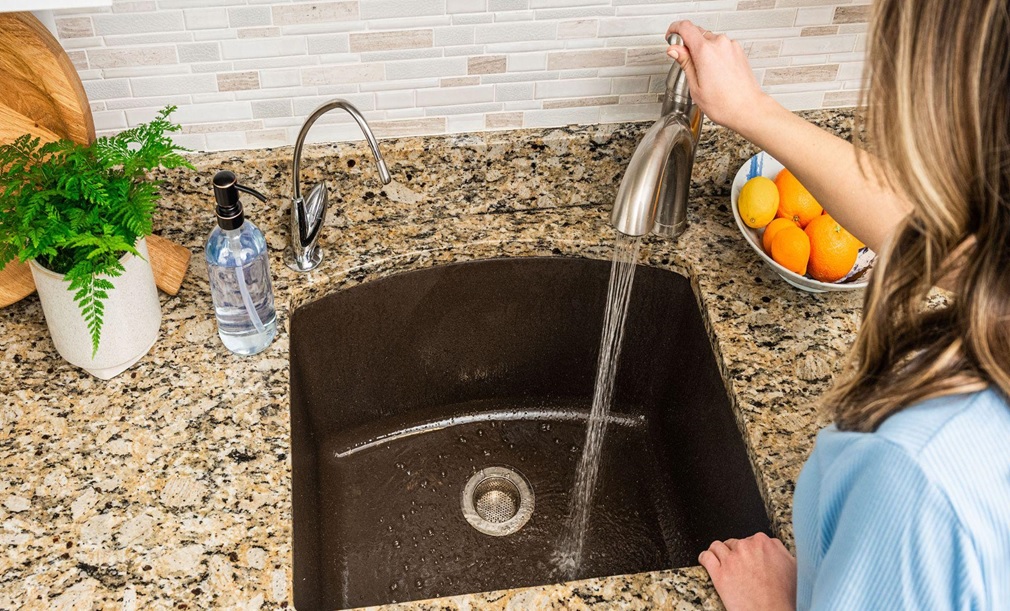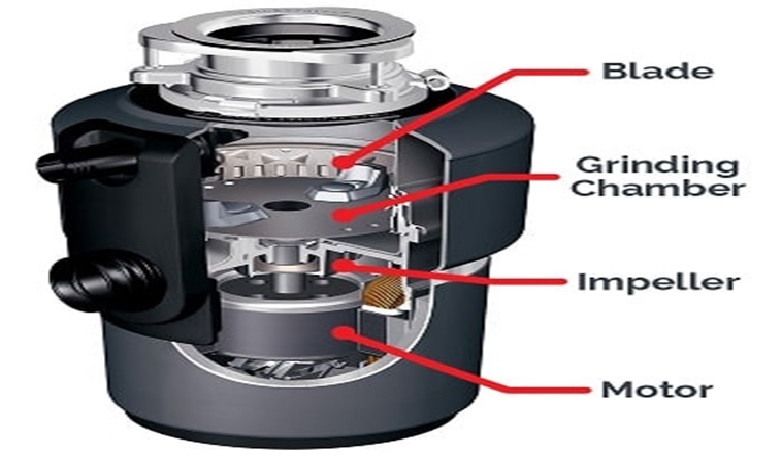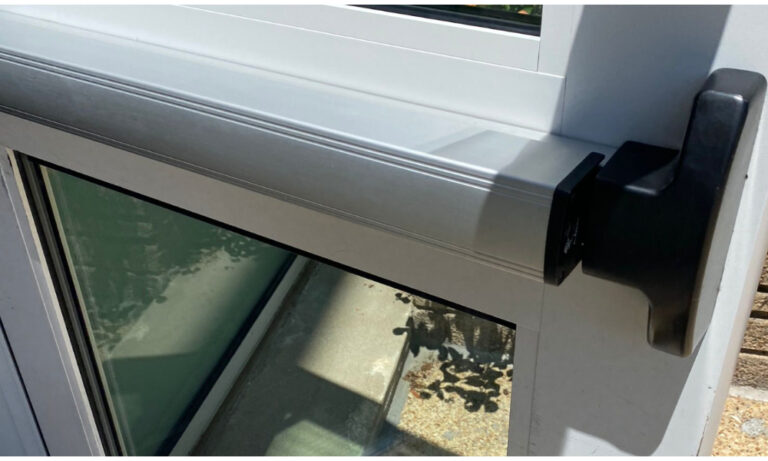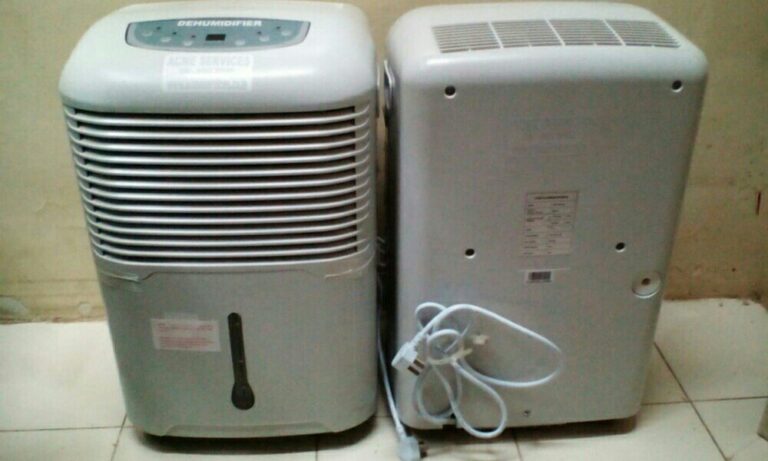
In today’s modern world, efficient waste management is crucial to maintaining a clean and hygienic environment. One of the key components of waste disposal systems in many households is the garbage disposal unit.
This ingenious device offers a convenient and eco-friendly solution for eliminating food waste. In this blog, we will delve into the basics of garbage disposal, discussing its functionality, benefits, maintenance tips, and environmental impact.
History Of Electric Garbage Disposal

The history of electric garbage disposals may be traced back to John W. Hammes’ creative idea in 1927. Hammes’ idea transformed the way food waste was managed in kitchens.
Food scraps were frequently dumped into the trash prior to the introduction of garbage disposals, causing unpleasant odors, attracting bugs, and contributing to landfill waste.
The development was an important turning point in the commercialization of waste disposals, laying the groundwork for the InSinkErator brand’s supremacy in the industry.
How Garbage Disposal Works?
Garbage disposals are installed beneath the kitchen sink and are connected to the drainpipe. They consist of a powerful motor, grinding chamber, and spinning blades. The motor is typically electrically powered and provides the necessary rotational force to operate the disposal.
When food waste is introduced into the disposal, the motor activates the blades, shredding the waste into small particles. These particles are then flushed down the drain, eliminating the need for manual disposal.
Environmental Benefits Of Using Garbage Disposal
Decreases greenhouse gas emissions:
By utilizing garbage disposal, food waste is processed and sent to wastewater treatment plants, where it can be efficiently managed, reducing the emission of greenhouse gases associated with landfill decomposition.
Time and labor-saving
Using garbage disposal eliminates the need for manual scraping and cleaning of plates, bowls, and utensils to remove food scraps.
Odor and Pest Control
Swift removal of food waste by garbage disposals prevents foul odors and deters pests in the kitchen, promoting a clean and hygienic environment.
Reduced garbage volume
The amount of solid waste in your trash can is reduced by grinding food waste and sending it down the drain.
Saves water
Instead of rinsing plates and utensils extensively to remove food scraps, the disposal allows you to scrape the waste directly into the unit, minimizing water usage.
Types Of Feed Garbage Disposals
Batch Feed Garbage Disposals
Batch feed garbage disposals require a stopper or cover to be placed over the opening before they can be activated. One advantage of batch feed disposals is their controlled disposal process.
This design ensures that the disposal is only operational when the stopper is securely in place, minimizing the risk of accidental activation or foreign objects falling into the disposal.
Batch Feed Garbage Disposals Units are particularly popular in households with small children or individuals who prefer a more controlled disposal method.
Continuous Feed Garbage Disposals
Continuous feed garbage disposals are designed for convenience and efficiency in food waste disposal. They feature an open-mouthed design that allows continuous waste feeding while the disposal runs.
To use continuous feed disposal, you simply turn on the water and flip a switch to activate the motor. Once the motor is running, you can start feeding the food waste into the disposal while it continuously grinds and disposes of the waste.
One of the key advantages of continuous feed disposals is their ability to handle large amounts of waste. Continuous feed disposals are ideal for households that generate a significant amount of food waste or for those who prefer a quick and efficient disposal process.
Leading Brands Of Garbage Disposal
InSinkErator
Over the years, InSinkErator has become synonymous with quality, innovation, and reliability. InSinkErator has a long history and solid reputation for producing innovative garbage disposal units.
Waste King Or Whirlaway
Waste King provides a variety of models with varying horsepower ratings, features, and pricing points to meet various demands and budgets.
The KitchenAid
Although KitchenAid is well known for its stand mixers and other kitchen equipment, it also provides garbage disposal devices that live up to its reputation for quality, durability, and performance.
General Electric GE
GE garbage disposals are built to handle a variety of food waste and have strong motors that assure efficient grinding and disposal. One distinguishing aspect of GE garbage disposals is their ease of installation.
Kenmore
Kenmore garbage disposals are known for their dependability and quality and are intended to properly dispose of food waste and make kitchen cleanup easier.
Viking
Viking is a well-known brand among homeowners seeking high-quality kitchen equipment, especially garbage disposals. Their garbage disposals are made of sturdy materials to provide long-lasting functionality.
Garbage Disposal Maintenance Tips
- Always run cold water while operating the garbage disposal and for a few seconds after turning it off. The cold water helps solidify grease or oil, allowing it to be easily chopped and flushed away.
- Before disposing of food waste, cut it into smaller pieces. This reduces the strain on the disposal and prevents clogs or jams.
- Do not put hard objects, such as bones, shells, or fruit pits, down the disposal as they can damage the blades.
- Only feed small amounts of food waste into the disposal at a time. Overloading it can strain the motor and increase the risk of clogs or jams.
- Avoid harsh chemicals and use natural cleaning methods like baking soda, vinegar, or mild dish soap.
Additionally, to keep your garbage disposal running smoothly and avoid frequent replacements, installing a new garbage disposal, and future drain clogs, it is essential to keep the unit clean. By following these maintenance tips, you can extend the life of your garbage disposal and avoid unnecessary expenses.
What Not To Put In a Garbage Disposal?
Eggshells
While some people believe eggshells can help clean the disposal, they can create tiny granular waste that can accumulate and cause clogs.
Non-food items
Never put non-food items like plastic, metal, glass, or paper into the garbage disposal. These can damage the blades and cause clogs.
Bones
Hard bones from meat or fish are too tough for disposal blades and can damage them.
Coffee grounds
Coffee grounds can accumulate and form clumps in the drain, leading to clogs.
Fruit pits
Hard pits from fruits like peaches, avocados, or cherries can damage the disposal blades. Don’t put them in the garbage disposal.
The Wrap Up
In summary, garbage disposals are convenient appliances that efficiently dispose food waste, reducing odors and pests while minimizing landfill usage. They contribute to environmental sustainability by diverting waste, conserving water, and supporting wastewater treatment and composting. Understanding their operation, types (continuous feed and batch feed), and leading brands helps in making informed decisions for a cleaner and greener kitchen.





